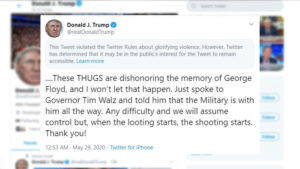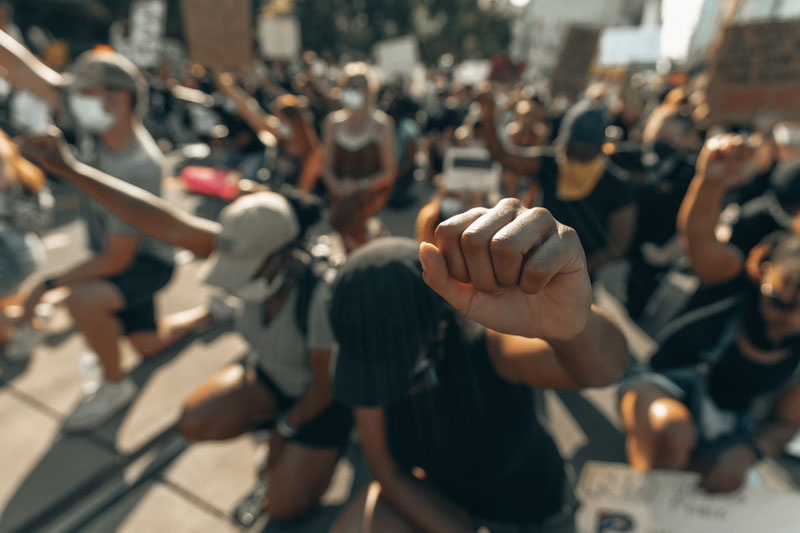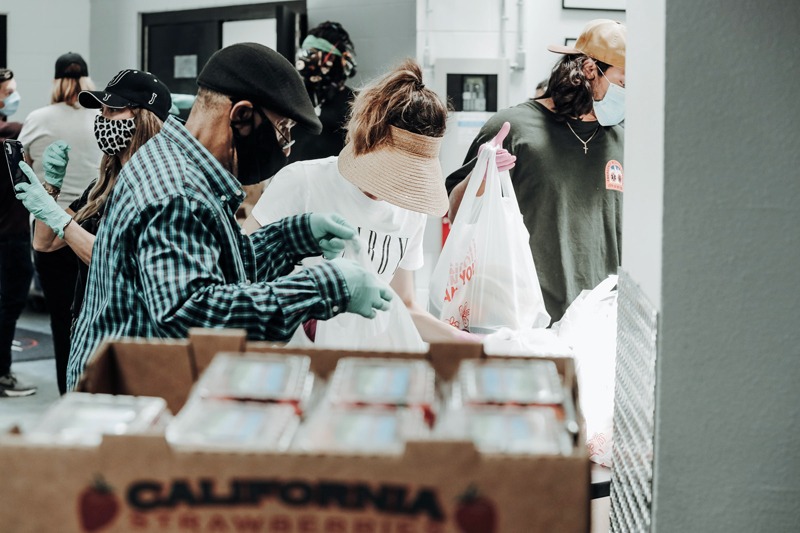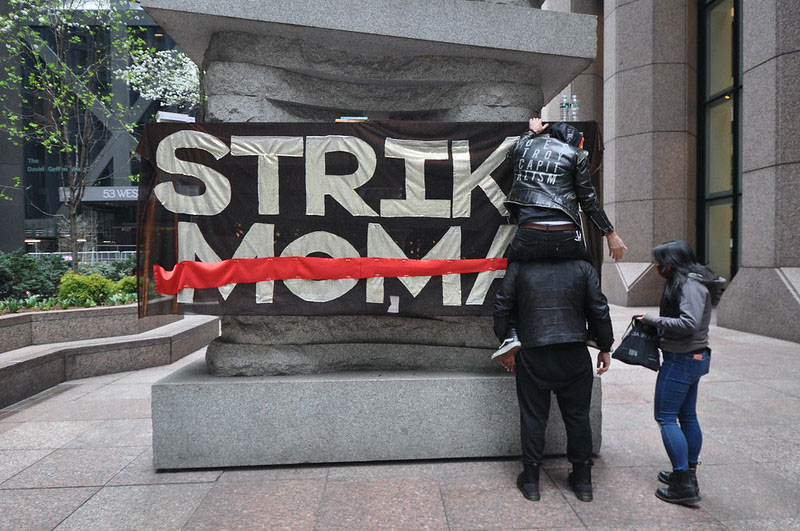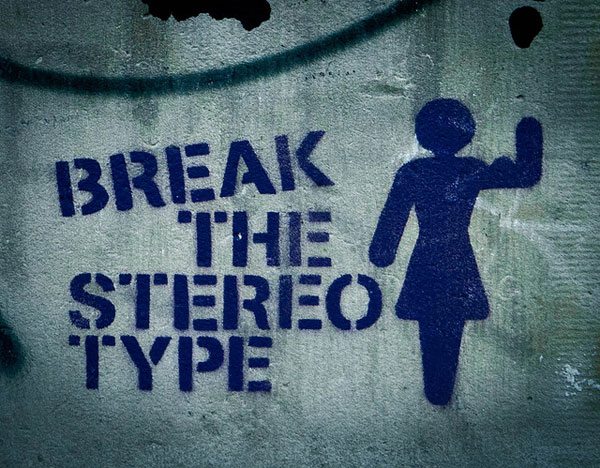
October 11, 2017; The New Yorker
The world seems to have turned upside down since Trump was elected president. Not that we didn’t have challenges before, but, more suddenly than perhaps we expected, norms many thought hidden in the recesses of the national psyche have once again erupted into the light. In a recent New Yorker article, Maria Konnikova explains, “While our biases are slow to change…our norms can shift at the speed of social life.” While this can be disconcerting, it also offers direction to those of us seeking to shift them in a more inclusive direction.
Although many of us in the nonprofit sector and social movements rail against bias, the reality of being human means that bias is inescapable. What we do have choice over is how much we let bias influence our actions. Psychologists Susan Fiske and Steven Neuberg call the process by which bias influences behavior the “continuum model of impression formation,” which, as the name implies, asserts that “our reliance on stereotypes in decision-making exists on a continuum and shifts by degrees, rather than operating in absolutes.”
One of the factors that influences stereotype-based decision-making is the voice of authority figures. In the United States, this can be seen in the recent decision by the Supreme Court (an authority) establishing same-sex marriage as a constitutional right. A study by E.L. Paluck and Margaret Tankard looking at attitudes in the United States before and after the decision found that “while personal opinions on same-sex marriage hadn’t shifted in the wake of the ruling, people’s perception of others’ opinions had changed almost immediately.”
Konnikova writes, “Authority figures have a strong and rapid effect on social norms in part because they change our assumptions about what other people think…Such an authority figure can create the impression of a social consensus where none exists.” Further, this phenomenon is seen to increase when the authority figure is physically close.
Sign up for our free newsletters
Subscribe to NPQ's newsletters to have our top stories delivered directly to your inbox.
By signing up, you agree to our privacy policy and terms of use, and to receive messages from NPQ and our partners.
What can we do to counteract this phenomenon?
One possibility, therefore, is to call upon influential people in small communities to fight the perceived consensus created by larger authority figures. If the President suggests that some neo-Nazis are “very fine people,” but those in positions of power closer to you—such as a pastor, principal, or governor—speak out against him, you’ll be more likely to call into question the new normal that the President has modelled. The new behavior will look more like an outlier than like a norm.
Kevin Munger, a PhD candidate at New York University, tested this out last year on Twitter by creating Twitter bots that automatically respond to users who tweet anti-black slurs. For example, “Hey man, just remember that there are real people who are hurt when you harass them with that kind of language.” All the bots were made to appear male, but differed in whether they were constructed as black or white, or had many or few followers. Munger found that, over a period of two months, these users significantly reduced this behavior, and white male bots were significantly more successful at shifting behavior.
Another study was done in 56 middle schools, where several students were chosen, according to an analysis of the student bodies for relationships and status, to participate in anti-bias training and speak to their peers about the issue. Schools with this intervention saw harassment fall by 30 percent over a year. This study found that another factor is “that influence must spread from all relevant communities to be effective.”
Konnikova concludes, “The beauty of norms is that, unlike ingrained hatreds, they are flexible. They shift quickly; with the right pressure from the right people, they can shift back.” That only happens, though, if we reach out and talk with our peers, rather than stay in narrow cliques of people who share similar views. As is often the case, in order to change the behavior of others, we need to change ourselves first.—Cyndi Suarez



